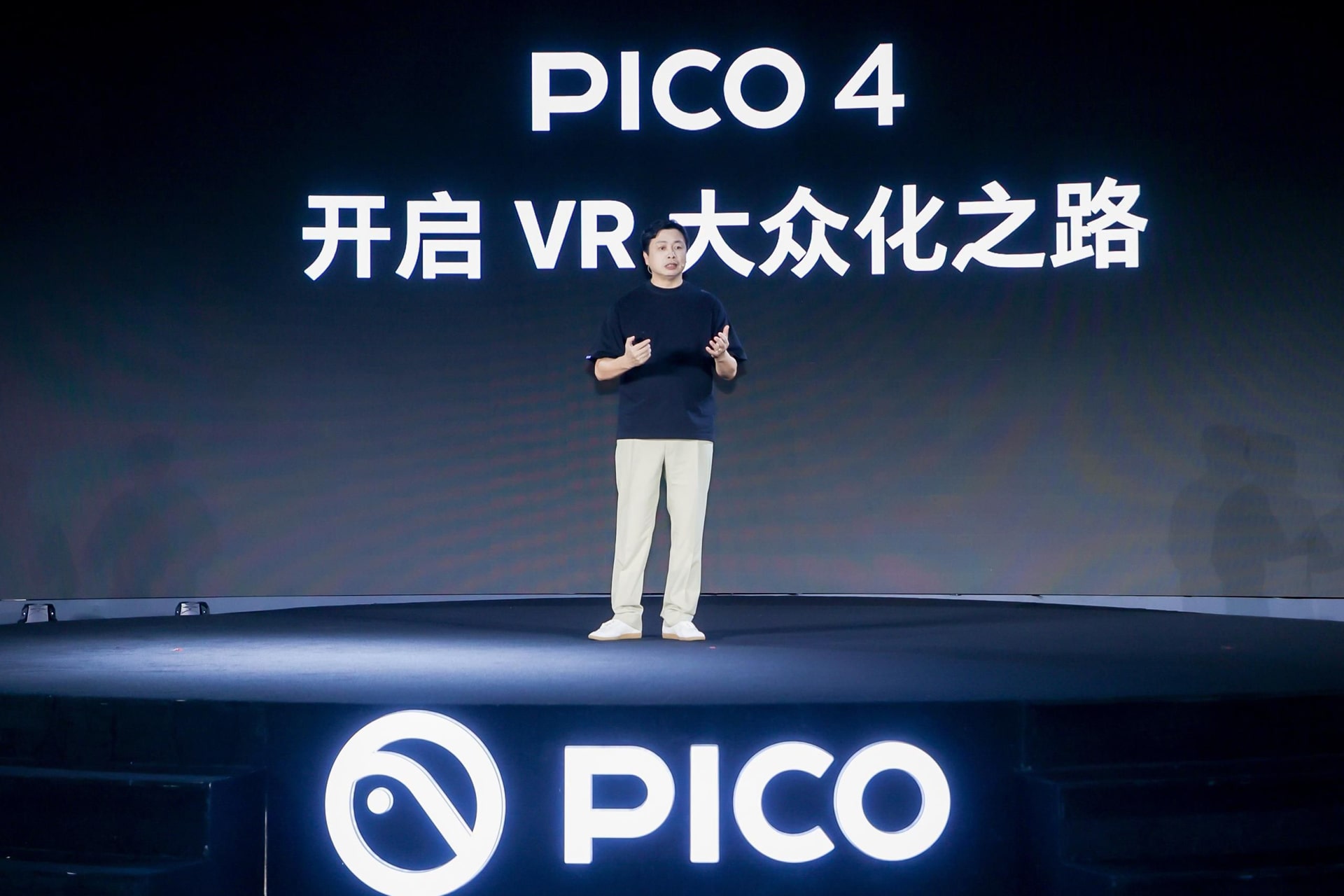This story is the second part of a four-part series that delves into the factors leading to ByteDance’s decision to scale back Pico, its virtual reality business. The first part examines ByteDance’s gradual change in stance toward Pico’s potential and how it has recently overhauled the business. Read it here.
As the “pioneer” of the VR industry, Pico’s first step was to heavily invest in gaming resources.
The VR industry faced a daunting challenge: a dearth of content leading to stagnation in VR shipments. The vicious cycle ensued—limited VR content resulted in developers struggling to monetize the platform, creating a smaller content pool and discouraging user purchases.
Meta was the only company that adequately bridged this gap, notably with the Quest 2. It broke through by aggressively acquiring VR gaming content and employing pricing strategies that made content affordable. The results were significant, propelling Meta to push VR shipments into the tens of millions—an unprecedented achievement in the decade-long history of the VR industry.
Naturally, Meta became the benchmark for China’s content giants, with Pico closely following suit and making substantial investments. From its acquisition by ByteDance in September 2021 until June 2022, Pico mirrored Meta’s approach by prioritizing gaming content. To address the content gap, Pico consistently introduced imported games and developed in-house titles.
The pace of game additions on Pico was notable, starting with approximately 200 games post-acquisition—half of Meta Quest’s offerings. However, Pico swiftly doubled its game library, introducing 2–4 new games weekly, aligning with Meta’s catalog.
Huang Wei, an employee in Pico’s gaming department, said that “Pico has imported almost 60–70% of the games on Meta,” emphasizing the competitive nature by incorporating this comparison into its objective and key results (OKRs).
Games were categorized into four levels: S, A, B, and C, with Pico willing to pay substantial entry fees for S-level games. According to Huang, beyond introducing new games, Pico invested generously in gaming operations and organized detailed activities to collect feedback and enhance user engagement.
Pico’s investment in new game titles amounted to hundreds of millions of RMB, paralleled by ByteDance’s strategy to imitate Meta through extensive marketing and aggressive price subsidies for hardware devices.
Pricing-wise, Pico mirrored Meta’s Quest 2, launching Pico Neo 3 and Pico 4 at a loss in the RMB 2,000 (USD 282) price segment, initiating a price war in a market where VR devices typically sold for RMB 3,000–4,000 (USD 420–560).
In marketing, ByteDance leveraged its entire ecosystem, saturating Douyin, the Chinese equivalent of short video platform TikTok, with Pico advertisements and influencer endorsements. Ambassadors Leah Dou, a singer-songwriter, and Sun Yingsha, the world’s top table tennis player, adorned high-traffic areas in Beijing and Shanghai.
According to an individual from the mobile industry, the marketing expenses for Pico 4 rivaled those of mobile manufacturers that ship millions of devices, signifying ByteDance’s commitment to Pico’s success.
Excitement buzzed within Pico in 2022, but ByteDance’s top management closely monitored the situation. Sales and weekly user activities were scrutinized frequently, with high expectations set for Pico 4—aiming for 2 million units sold annually and a 50% weekly user engagement rate.
However, Pico soon realized that blindly emulating Meta’s approach wasn’t effective in China. Chinese gamers, accustomed to free mobile gaming options with in-app purchases, posed a challenge to the paid gaming model adopted by Meta. Users on Pico preferred playing pirated games for free, spending only an average of RMB 40 (USD 5.6) per game, a third of Meta’s average.
Attempts to transpose the mobile gaming model to VR, exemplified by iQiyi Smart’s failed content aggregation approach, highlighted the challenges. Pico faced difficulties everywhere in adopting this path, with the VR gaming development ecosystem primarily in Europe and the US, limiting the negotiation power of Chinese companies.
Pico’s failure to grasp the intricacies of the bottom-level content model rendered its high marketing and discounts ineffective. The marketing conversion rate stood at a mere 2%, with Pico 4’s marketing cost per unit reaching RMB 1,300 (USD 183), despite being sold for RMB 2,500 (USD 352).
Despite Chinese VR companies looking up to Meta as a role model, there is an inherent ambivalence, with Meta being simultaneously viewed as a nemesis. Within Pico, employees express their ambition with phrases like “battling Meta and trampling on Apple” and “taking two years to fight against Zuckerberg,” underscoring their fervor and determination.
Ultimately, Pico’s decision to withdraw serves as a poignant reminder that merely replicating the Meta model carries limitations and does not guarantee success. The complexities of the VR landscape, coupled with the unique dynamics of the Chinese market, demand a more nuanced and strategic approach beyond emulation.
Note: Some employee names may have been changed to protect their identities.
The third part of this series examines ByteDance’s gradual change in stance toward Pico’s potential and how it is overhauling the business. Read it here.
KrASIA Connection features translated and adapted content that was originally published by 36Kr. This article was written by Qiu Xiaofen for 36Kr.

